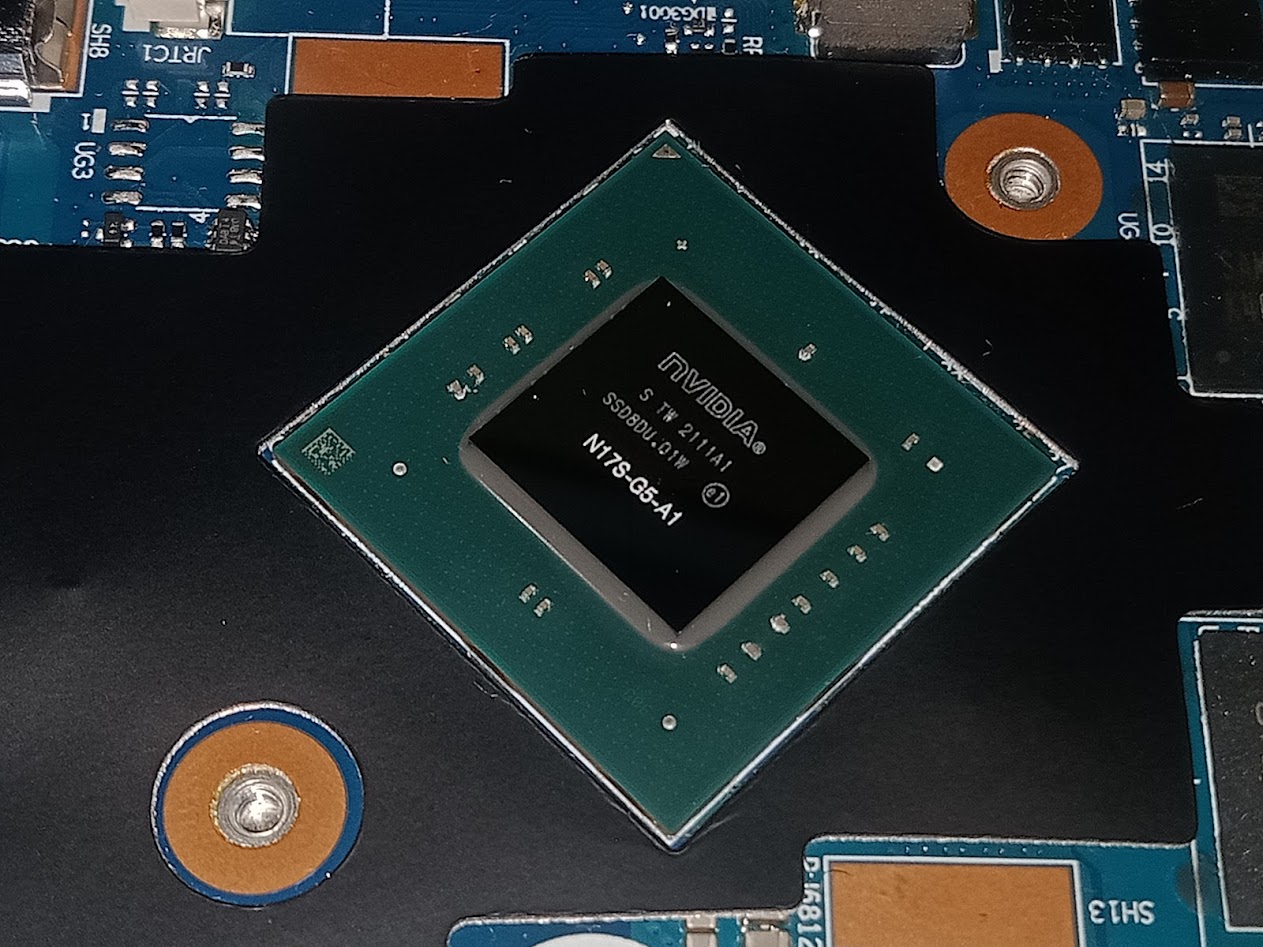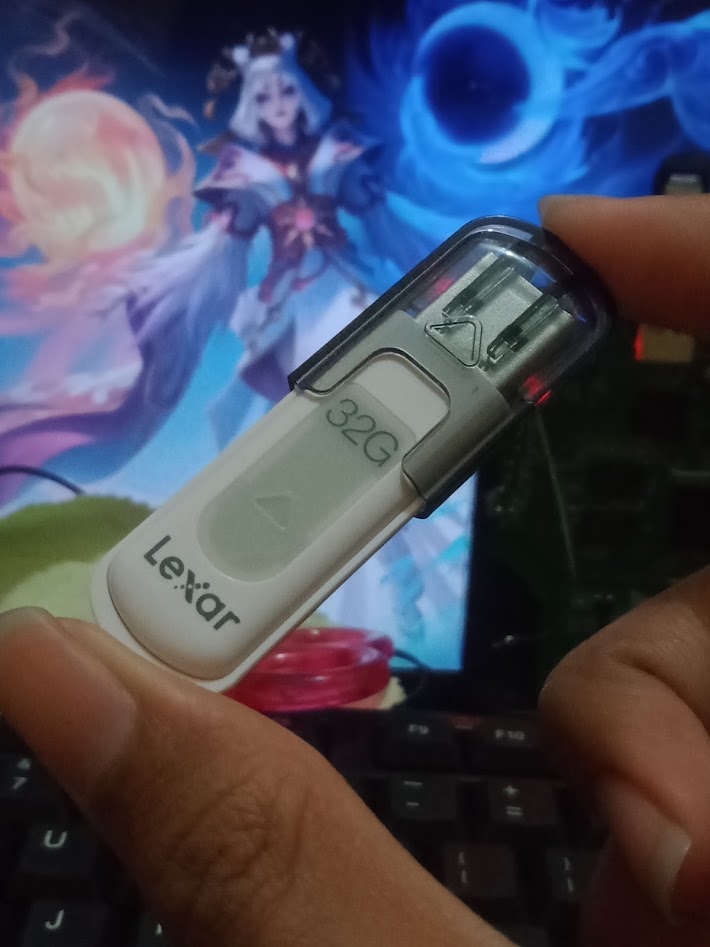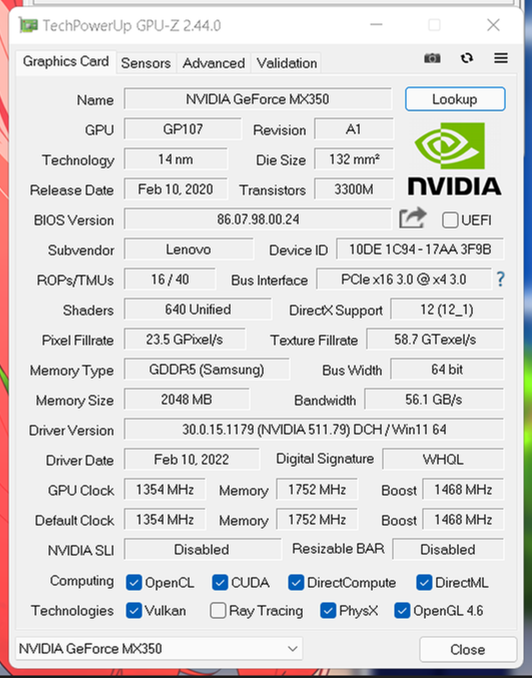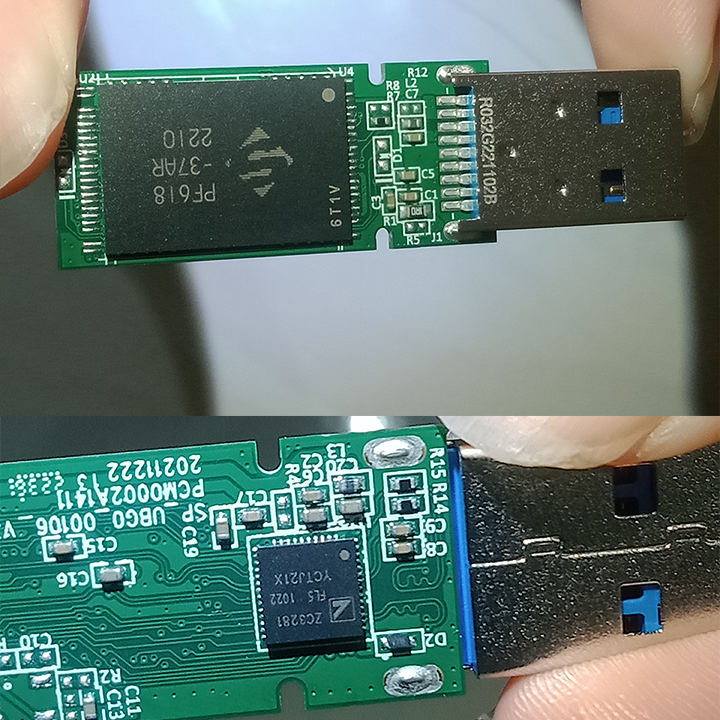Comparing: GeForce MX350 [Disk] vs Lexar JumpDrive V100 32GB
In this comparison, we analyze two Disks: GeForce MX350 [Disk] and Lexar JumpDrive V100 32GB, using synthetic benchmark tests to evaluate their overall performance. This side-by-side comparison helps users understand which hardware delivers better value, speed, and efficiency based on standardized testing. Whether you're building a new system or upgrading an existing one, this benchmark-driven evaluation offers valuable insights to guide your decision.

GeForce MX350 [Disk]
| Type: | Disks |
|---|---|
| Model: | GeForce MX350 [Disk] |
| Capacity: | 2GB, 1.5GB |
| Interface: | GDDR5 |

Lexar JumpDrive V100 32GB
| Type: | Disks |
|---|---|
| Model: | Lexar V100 32GB |
| Capacity: | 32GB |
| Interface: | USB 3.0 |
Specification Comparison Table
This specification comparison presents technical details of several devices or components to help you understand the key differences between each option. Use this table as a reference to determine which device best suits your needs.
| Specification | GeForce MX350 [Disk] | Lexar JumpDrive V100 32GB |
|---|---|---|
| Brand | Samsung | Lexar |
| Format | VRAM Disk | USB FlashDrive |
| Capacity | 2GB, 1.5GB | 32GB |
| Interface | GDDR5 | USB 3.0 |
Submission Comparison Table
This submission comparison table displays the number and details of benchmark data submissions from various devices or components. This information helps you understand the performance based on the benchmarks that have been tested, as well as providing an overview of the consistency and popularity of the available benchmark results.
| No. | Benchmark Software | GeForce MX350 [Disk] | Lexar JumpDrive V100 32GB |
|---|---|---|---|
| 1 | ATTO Disk Benchmark - 64M |
Read: 1440.00 MB/s Write: 1330.00 MB/s |
Read: 140.66 MB/s Write: 25.04 MB/s |
| 2 | CrystalDiskMark |
Read: 1113.58 MB/s Write: 995.48 MB/s |
Read: 143.53 MB/s Write: 34.33 MB/s |
Submission Comparison Chart
This chart visualizes the benchmark scores comparison between two hardware devices based on submitted data.
Media Gallery
A collection of photos of tested hardware. These images can help you identify the physical form, model, and variant of the hardware in question. These photos are from our own documentation, and if they are not available we may not be able to document them.
About Hardware GeForce MX350 [Disk]
The NVIDIA GeForce MX350 is an entry-level GPU designed for thin and light laptops, delivering significant graphics performance improvements over the processor's built-in iGPU. The GPU is based on the Pascal architecture with 640 CUDA Cores, and features 2GB or 4GB of GDDR5 memory with 64-bit bus width. The MX350 is generally used for light graphics tasks such as photo editing, light video, and casual gaming, and provides GPU acceleration for CUDA-enabled creative applications.
But in this particular test, a portion of the video memory (VRAM) on the GeForce MX350 was configured as a VRAMDisk. The concept of a VRAMDisk is similar to a RAMDisk, but it uses the VRAM of the GPU as a super-fast storage medium. VRAMDisk allows the creation of temporary, high-speed drives that can be utilized for technical experiments, speed testing, or graphics caching in certain scenarios. Although its capacity is limited and volatile (data is lost on reboot), the high bandwidth and low latency of VRAM provide compelling performance in certain contexts.
The tests were conducted on a Lenovo IdeaPad Slim 3i 14ITL6 laptop with Intel Core i5-1135G7 processor, 12GB DDR4 3200MHz dual channel RAM, and Windows 11 22H2 operating system. The VRAMDisk was created from a 2GB GeForce MX350 GPU, with virtual disk sizes of 1GB and 1.5GB, using special software called GPU RAM Drive.
Benchmark results with CrystalDiskMark recorded read speeds of 1113.58 MB/s and write speeds of 995.48 MB/s, showing the high bandwidth potential of VRAM as a temporary storage medium. Although the performance does not match DDR4-based RAMDisks, VRAMDisks remain a unique and attractive solution for certain technical purposes, especially for users who want to utilize idle VRAM for fast I/O processes. With its dedicated laptop GPU form factor and PCIe x4 Gen 3.0 interface, the GeForce MX350 VRAMDisk opens up new exploration possibilities in the world of experimental graphics-based high-speed storage.
Device test (testbed):
Device: Lenovo IdeaPad Slim 3i 14ITL6
CPU: i5 1135G7
RAM: 12GB DDR4 3200MHz Dual Channel (8+4)
OS: Windows 11 22H2
Friday, 06 August 2021 04:34:19 | Update: 1 month ago
About Hardware Lexar JumpDrive V100 32GB
The Lexar JumpDrive V100 32GB is a portable storage solution designed to provide an optimal combination of speed, reliability and affordability. With a 32GB capacity, this flash drive is perfect for storing important documents, photos, videos, and lightweight presentation files and installers, making it an ideal choice for students, office employees, and casual users.
Using a USB 3.0 interface, the Lexar V100 is able to provide better read and write speeds than traditional USB 2.0 flash drives. While it still supports backward compatibility with USB 2.0 ports, using it on a USB 3.1 Gen 1 port will maximize its performance. Its compact and lightweight design makes it easy to carry around, while its cap cover helps keep the USB connector protected from dust and damage.
This flash drive speed test was conducted using a Lenovo IdeaPad Slim 3i 14ITL6 device, powered by an Intel Core i5-1135G7 processor, supported with 12GB DDR4 dual channel RAM, and running Windows 11 version 22H2 operating system. The combination of these specifications provides a stable and representative testing environment to assess the actual performance of the flash drive under test.
In tests using the CrystalDiskMark application, the flash drive was able to record read speeds of up to 143.53 MB/s, while write speeds reached 34.33 MB/s. These results reflect quite good performance for daily use such as moving documents, images, or medium-sized media files.
Meanwhile, through additional testing using ATTO Disk Benchmark with a block size of 64MB, the flash drive showed a read speed of 140.66 MB/s and a write speed of 25.04 MB/s. Slightly lower write performance in ATTO compared to CrystalDiskMark is common, as the test methods used by each benchmark can produce varying results depending on the type of data and block size used.
Overall, this flash drive offers a fairly high read performance for its class, although the write speed is moderate. For users looking for a portable storage solution for daily data transfer purposes, this flash drive remains reliable with consistent performance across various scenarios.
The read speed of close to 140MB/s shows that this flash drive is responsive enough for activities such as opening large files or playing videos directly from USB. However, the lower write speed (below 40MB/s) reflects the reasonable limitations of economy-class flash drives without DRAM cache.
Technically, the Lexar V100 uses the PF619-32AR NAND chip and ZC3281 controller, a common configuration for low-cost and power-efficient flash drives. Although TBW (Total Bytes Written) and DRAM cache specifications are not available, Lexar remains a trusted brand in the digital storage world, with a good reputation for manufacturing quality and system compatibility.
With a simple design, decent read speed, and competitive price, the Lexar JumpDrive V100 32GB is one of the best choices for users who need a cheap and reliable USB 3.0 flash drive for daily use.
Device test (testbed):
Device: Lenovo IdeaPad Slim 3i 14ITL6
CPU: i5 1135G7
USB: USB 3.1 Gen 1
RAM: 12GB DDR4 3200MHz Dual Channel (8+4)
OS: Windows 11 22H2
Wednesday, 12 July 2023 15:58:51 | Update: 6 days ago


